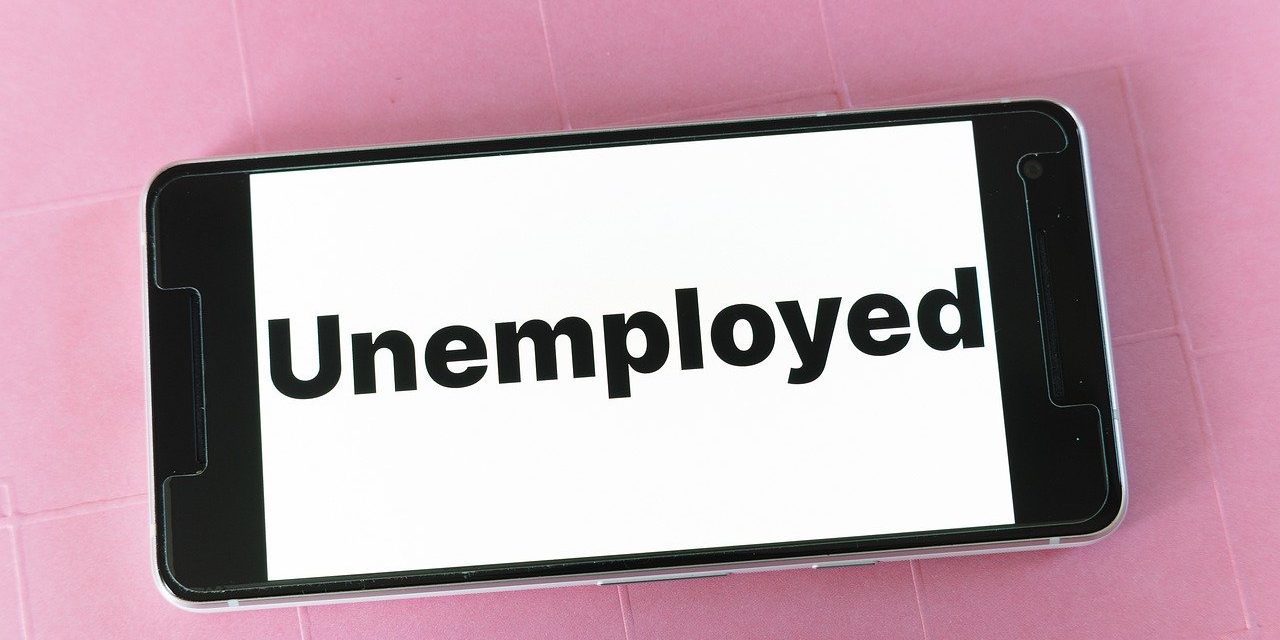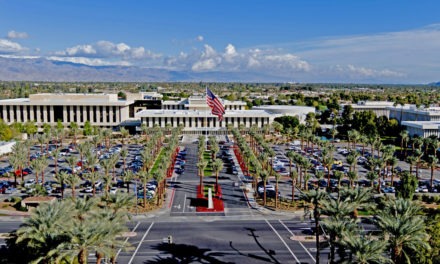With the U.S. gaining 4.8 million jobs in June and the national unemployment rate at 11.1% compared to the nearly historic high of 14.7% at the peak of the coronavirus pandemic, WalletHub today released updated rankings for the States Whose Unemployment Rates Are Bouncing Back Most.
California ranks eighth for the worst unemployment rate in the nation. The state has been on a roller coaster since March. First bars and wineries were closed and large gatherings were prohibited. Then, on March 19, 2020, Gov. Gavin Newsom declared a statewide shelter-in-place, to contain the spread of COVID-19.
On June 12, some counties were given the green light to begin letting some businesses open with restrictions.
On July 13, Newsom orders a stop to several kinds of business all over the state, including indoor dining and bars. The 30 counties on the state’s watch list, including Riverside County, had to close even more businesses, like gyms, churches and hair salons.
The order to close most businesses once again follows the June 12 decree. Since June 12, the number of hospitalizations in the state has nearly doubled.
”The virus is not going away anytime soon,” Newsom says during his press conference.
Given the back and forth, it stands to reason that California ranks eighth.
This report examines unemployment rates on a monthly basis, complementing the weekly analysis in WalletHub’s report on the States Whose Unemployment Claims Are Recovering the Quickest.
In order to identify the states with the best recovery in unemployment rates, WalletHub compared the 50 states and the District of Columbia based on four key metrics. It looked at the change in each state’s unemployment rate during the latest month for which we have data (June 2020) compared to June 2019 and January 2020. It also compared not seasonally adjusted continued claims in June 2020 to June 2019. Finally, it considered each state’s overall unemployment rate.
Unemployment Recovery in California (1=Most Recovered, 25=Avg.):
- 258.14% Change in Unemployment (June 2020 vs June 2019)
2,846,644 unemployed people in June 2020 vs 794,837 in June 2019;
10th worst recovery in the U.S. - 238.89% Change in Unemployment (June 2020 vs January 2020)
2,846,644 unemployed people in June 2020 vs 839,986 in January 2020;
10th worst recovery in the U.S. - 808.29% Change in Not Seasonally Adjusted Continued Claims (June 2020 vs June 2019)
2,779,425 continued claims in June 2020 vs 306,005 in June 2019
12th best recovery in the U.S. - 15.1% Unemployment Rate (June 2020)
5th highest unemployment rate in the U.S.
WalletHub Q&A
Q: Is it likely that we will see states impose restrictions again, like many cities have begun to do?
A: “States are more likely to pause their reopening processes than they are to close down again. We will probably see lockdowns only applied locally in areas that are the hardest hit,” said Jill Gonzalez, WalletHub analyst. “Lockdowns won’t have any quick benefits unless we restrict the flow of people in and out of highly affected areas, which is why some people may conclude that lockdowns are ineffective as a whole.”
How will a decrease in summer travel affect unemployment?
“A decrease in summer travel due to COVID-19 will keep the rate of unemployment in the travel and tourism industries high compared to other sectors, as they will receive a much smaller inflow of cash than normal and consequently will have reduced hiring power until we proceed to a full reopening,” said Jill Gonzalez, WalletHub analyst. “Reduced summer travel could be a good thing for local merchants in places that aren’t tourist hubs, as people’s ‘staycations’ could inject more money into the local economy and help businesses hire more, or at least stay afloat. Cities that are popular vacation destinations will get less traffic from outsiders but may see more visits to attractions from locals who know there will be fewer tourists.”
Q: What can states do to support people who are unemployed, other than provide traditional benefits?
A: “Aside from financial assistance, the best way for states to support unemployed residents is to facilitate a safe reopening that allows businesses to start rehiring. States should prioritize reopening places that help unemployed people get back to work, such as libraries with free Wi-Fi where they can conduct job searches and childcare programs that allow parents to go to work,” said Jill Gonzalez, WalletHub analyst. “Safety should be the number one concern in any state’s reopening process, so a big part of getting people back to work is requiring face masks in public and other restrictive measures to prevent a resurgence of COVID-19.”
Q: Which state has experienced the biggest increase in unemployment vs. the beginning of the year?
A: “Massachusetts has experienced the biggest increase in unemployment because the number of unemployed persons jumped by 405% from January 2020 to June, compared to the average increase of 155%,” said Jill Gonzalez, WalletHub analyst. “Massachusetts’ overall unemployment rate is 17.5%, compared to the average of 11.1%.”
Q: Where in the U.S. has experienced a decrease in unemployment vs. the beginning of the year?
A: “Kentucky has experienced a decrease in unemployment because it has seen a 4.2% fall in the number of unemployed persons from January 2020 to June, compared to the average increase of 155%,” said Jill Gonzalez, WalletHub analyst. “Kentucky’s overall unemployment rate is 4.8%, compared to the average of 11.1%.”
To view the full report and your state’s rank, please click https://wallethub.com/edu/states-unemployment-rates/74907/
Image Sources
- Unemployed: Pixaby







